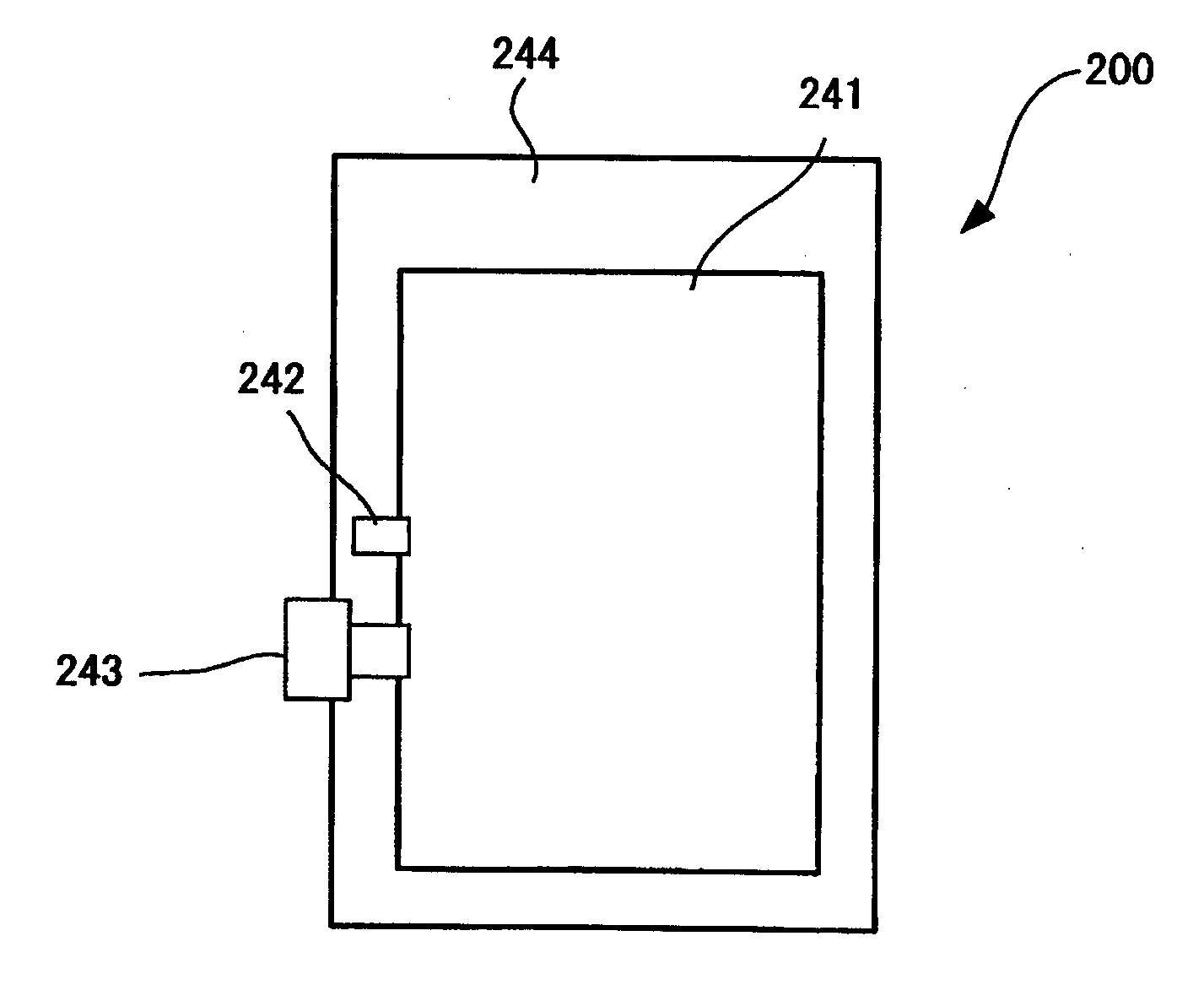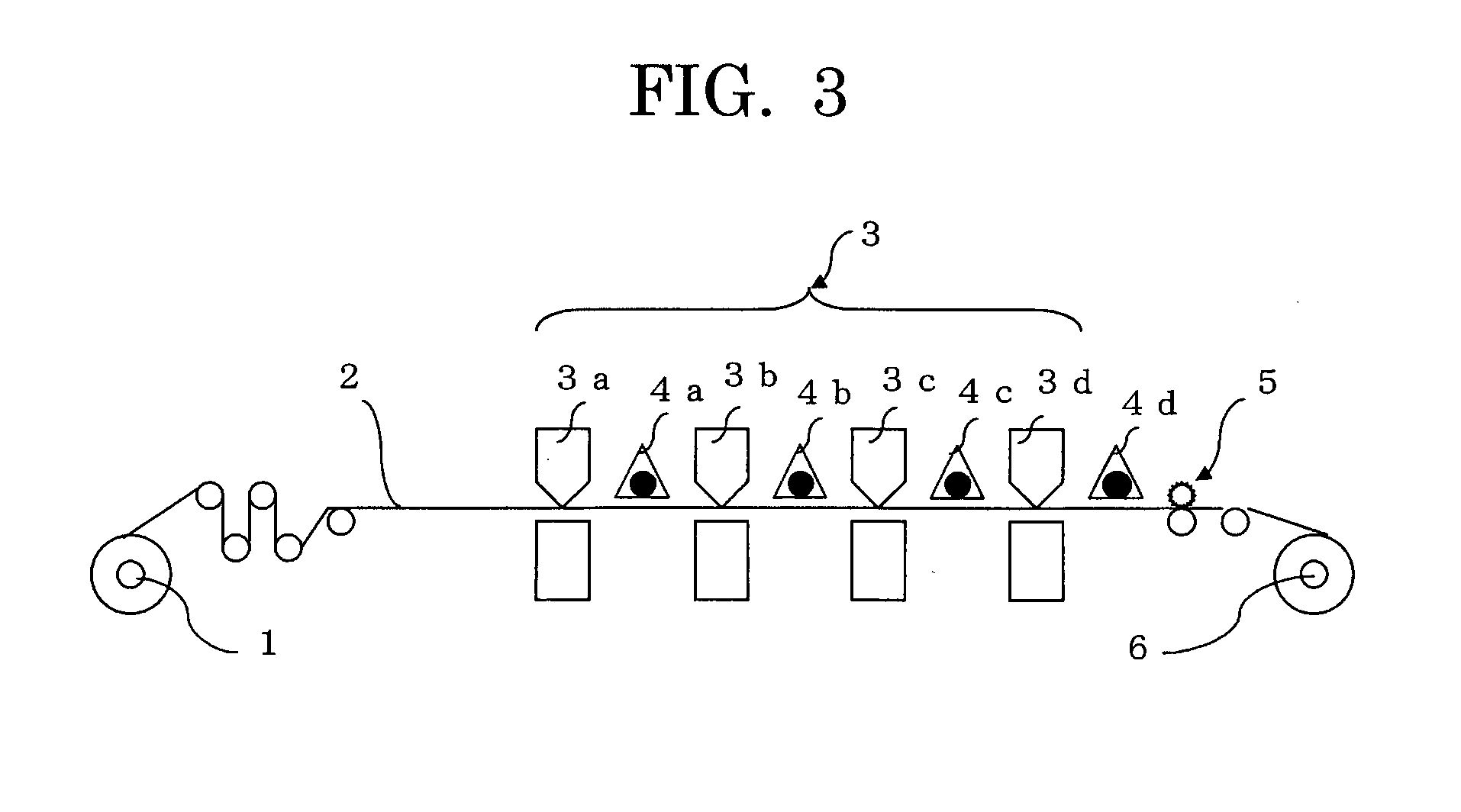Photopolymerizable inkjet ink
- Summary
- Abstract
- Description
- Claims
- Application Information
AI Technical Summary
Benefits of technology
Problems solved by technology
Method used
Image
Examples
examples
[0067]The present invention will next be described by way of Examples, which should not be construed as limiting the present invention thereto.
examples 1 to 19
[0068]The materials of the following compound groups (A) to (C) were mixed together at the blending ratio (unit for the numeric value was parts by mass) of the corresponding columns of Examples and Comparative Examples shown in Table 3, to thereby obtain inks.
Compound group (A): (meth)acrylic acid ester and / or (meth)acryl amide, which is negative for skin sensitization (of high viscosity, but excellent curing property)
Compound group (B): (meth)acrylic acid ester and / or (meth)acryl amide, which is negative for skin sensitization (of low viscosity)
Compound group (C): triethylene glycol divinyl ether, t-butyl methacrylate, n-pentyl methacrylate, and n-hexyl methacrylate, each of which are negative for skin sensitization (of sufficiently low viscosity)
Compound group (D): photoradical polymerization initiator negative for skin sensitization
[0069]The details of A1 to A8, B1 to B5, C1 to C4, and D1 to D4 in Table 3 are as follows. The value in parentheses after each product name is “SI val...
PUM
| Property | Measurement | Unit |
|---|---|---|
| Percent by mass | aaaaa | aaaaa |
| Percent by mass | aaaaa | aaaaa |
| Percent by mass | aaaaa | aaaaa |
Abstract
Description
Claims
Application Information
 Login to View More
Login to View More - R&D
- Intellectual Property
- Life Sciences
- Materials
- Tech Scout
- Unparalleled Data Quality
- Higher Quality Content
- 60% Fewer Hallucinations
Browse by: Latest US Patents, China's latest patents, Technical Efficacy Thesaurus, Application Domain, Technology Topic, Popular Technical Reports.
© 2025 PatSnap. All rights reserved.Legal|Privacy policy|Modern Slavery Act Transparency Statement|Sitemap|About US| Contact US: help@patsnap.com



